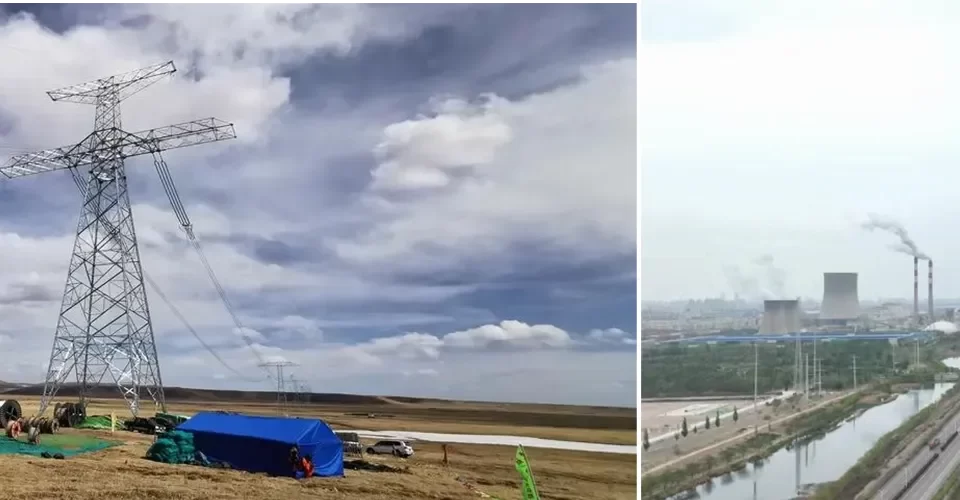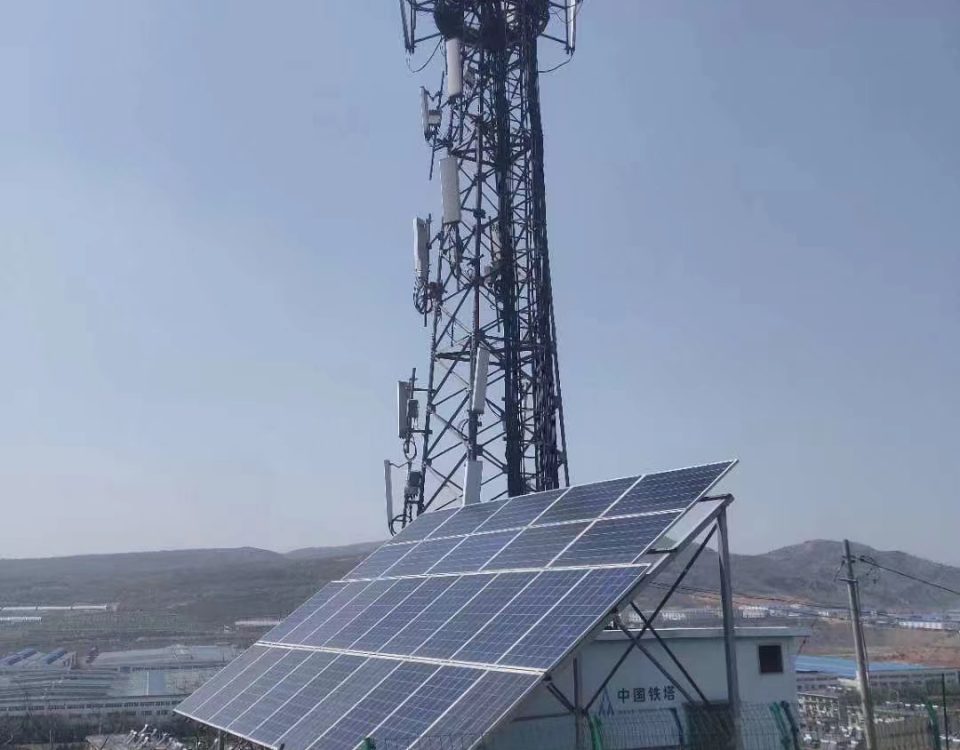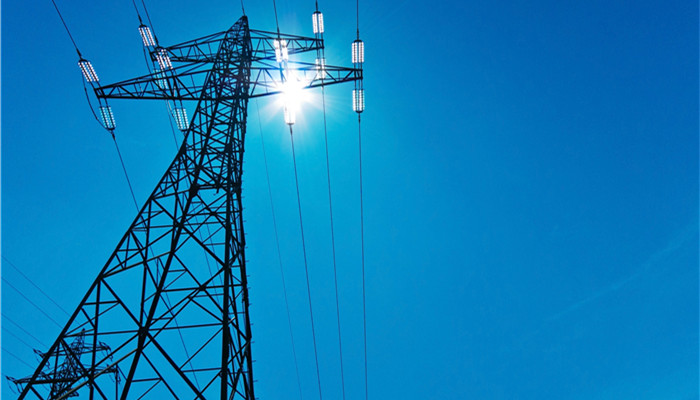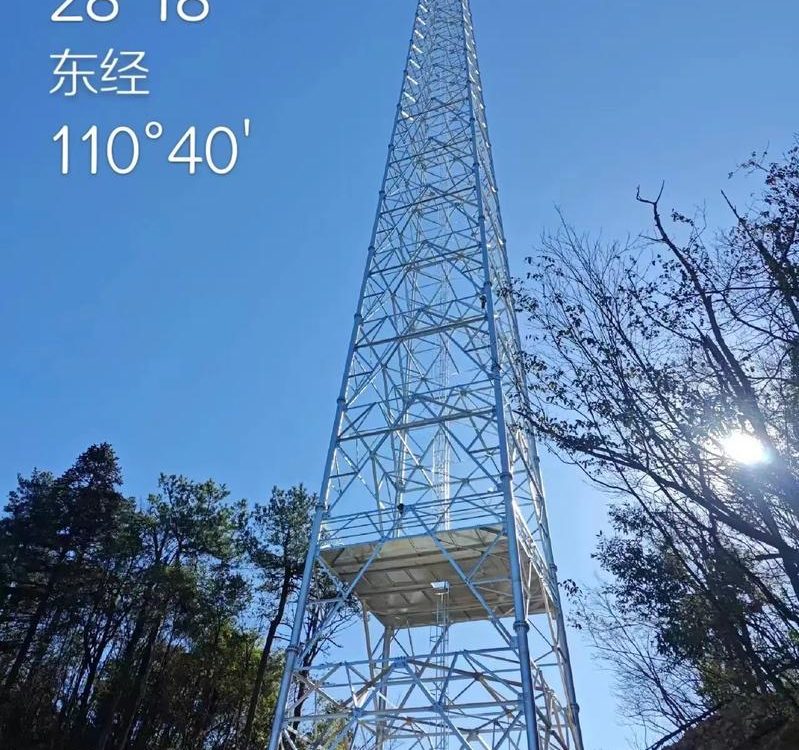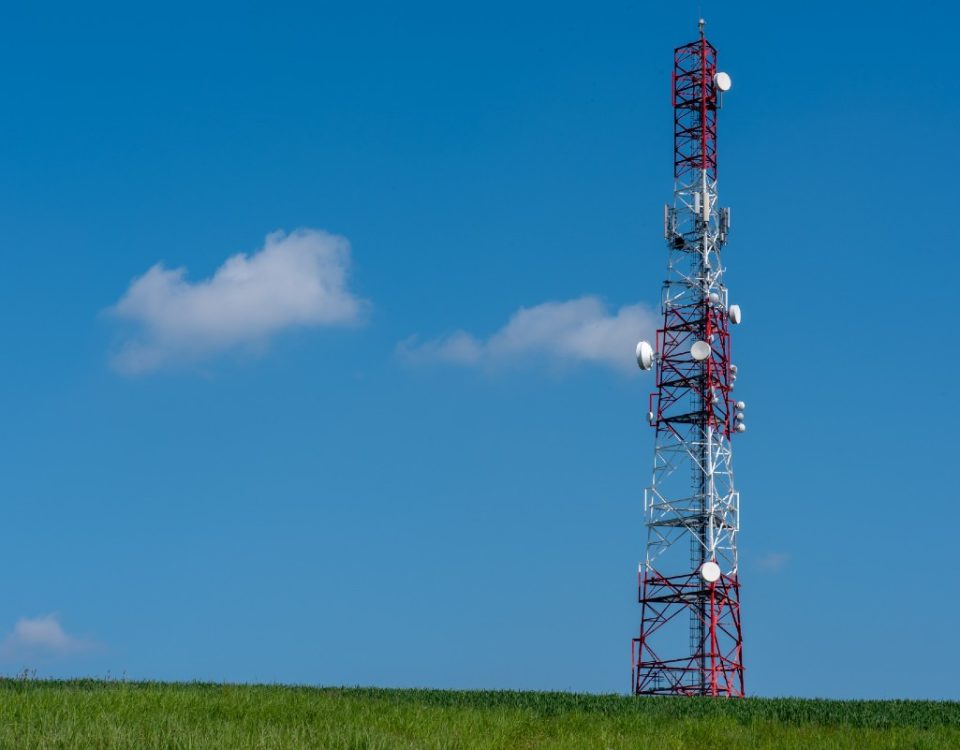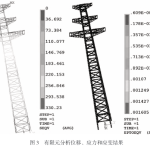
Transmission Steel Tower – Finite Element Analysis and Optimization Design
November 18, 2024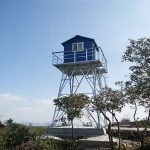
Forest Fire Observation Monitoring Steel Towers
November 29, 2024Difference Between Monopole Towers and Microwave Steel Towers
Comparative Studies on Conventional Monopole Towers and Microwave Steel Towers
Introduction
Telecommunication infrastructure plays a vital role in modern communication systems. Towers are essential for supporting antennas and other equipment used in transmitting and receiving signals. Among the various types of telecommunication towers, conventional monopole towers and microwave steel towers are widely used for different applications. Each tower type has unique design characteristics, advantages, and limitations, making them suitable for specific use cases.
This article provides a detailed comparative study of conventional monopole towers and microwave steel towers. We will examine their structural designs, material requirements, applications, advantages, and disadvantages. Additionally, the article includes tables for a clear comparison of their features and performance metrics.
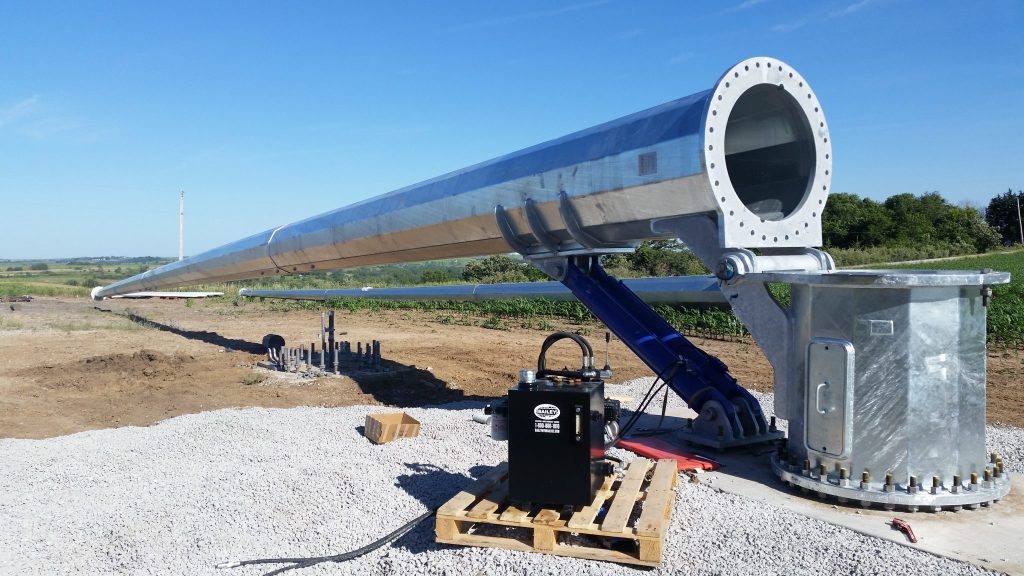
Overview of Conventional Monopole Towers
What Are Monopole Towers?
Monopole towers are single-pole structures made of steel or concrete. They are widely used in urban and suburban areas due to their compact design and aesthetic appeal. These towers are designed to support antennas and other telecommunication equipment while occupying minimal ground space.
Key Features of Monopole Towers:
- Structure: A single, tapered pole with a circular or polygonal cross-section.
- Height Range: Typically ranges from 15 to 50 meters.
- Material: Made of galvanized steel or reinforced concrete.
- Applications: Cellular networks, radio broadcasting, and small-scale communication systems.
Overview of Microwave Steel Towers
What Are Microwave Steel Towers?
Microwave steel towers are lattice structures designed to support microwave antennas used in long-distance communication. These towers are typically taller and more robust than monopole towers, making them suitable for high-capacity and long-range communication systems.
Key Features of Microwave Steel Towers:
- Structure: Lattice framework with multiple legs and cross-bracing for stability.
- Height Range: Typically ranges from 30 to 150 meters.
- Material: Made of structural steel with corrosion-resistant coatings.
- Applications: Microwave communication, satellite links, and high-capacity data transmission.
Structural Design Comparison
The structural design of monopole towers and microwave steel towers differs significantly due to their intended applications and load-bearing requirements.
| Feature | Conventional Monopole Tower | Microwave Steel Tower |
|---|---|---|
| Design | Single tapered pole | Lattice framework with multiple legs |
| Cross-Section | Circular or polygonal | Triangular or square lattice |
| Load Distribution | Centralized load-bearing | Distributed load-bearing across legs |
| Height | Up to 50 meters | Up to 150 meters |
| Wind Resistance | Moderate wind resistance | High wind resistance due to bracing |
| Foundation | Smaller foundation area | Larger foundation area for stability |
Material Requirements
The choice of materials for tower construction depends on factors such as load capacity, environmental conditions, and cost. Below is a comparison of the materials used in monopole towers and microwave steel towers.
| Aspect | Conventional Monopole Tower | Microwave Steel Tower |
|---|---|---|
| Primary Material | Galvanized steel or concrete | Structural steel |
| Corrosion Resistance | Galvanized coating for steel | Corrosion-resistant coatings or paints |
| Weight | Lightweight structure | Heavier due to lattice design |
| Maintenance | Minimal maintenance required | Periodic maintenance for joints/bracing |
Applications
Both monopole towers and microwave steel towers are used in telecommunication, but their applications differ based on their structural characteristics and capabilities.
Applications of Conventional Monopole Towers:
- Cellular Networks: Used for supporting antennas in urban and suburban areas.
- Radio Broadcasting: Suitable for FM and AM radio transmission.
- Small-Scale Communication: Ideal for local communication systems.
Applications of Microwave Steel Towers:
- Microwave Communication: Used for long-distance communication links.
- Satellite Communication: Supports satellite dishes and antennas.
- High-Capacity Data Transmission: Suitable for backbone networks in remote areas.
Advantages and Disadvantages
Advantages of Conventional Monopole Towers:
- Compact Design: Occupies minimal ground space, making it suitable for urban areas.
- Aesthetic Appeal: Blends well with the surroundings.
- Ease of Installation: Faster and simpler to install compared to lattice towers.
- Low Maintenance: Requires minimal upkeep due to its simple design.
Disadvantages of Conventional Monopole Towers:
- Limited Height: Not suitable for applications requiring tall structures.
- Lower Load Capacity: Cannot support heavy equipment or multiple antennas.
- Moderate Wind Resistance: Less stable in high-wind conditions.
Advantages of Microwave Steel Towers:
- High Load Capacity: Can support multiple antennas and heavy equipment.
- Greater Stability: Designed to withstand high winds and seismic forces.
- Versatility: Suitable for a wide range of telecommunication applications.
- Long Lifespan: Durable structure with proper maintenance.
Disadvantages of Microwave Steel Towers:
- Large Footprint: Requires more ground space for installation.
- Complex Installation: Longer installation time due to the lattice design.
- Higher Maintenance: Requires periodic inspection and maintenance of joints and bracing.
- Aesthetic Impact: May not blend well with urban landscapes.
Cost Analysis
The cost of constructing and maintaining telecommunication towers varies depending on the type of tower, materials used, and site conditions.
| Cost Aspect | Conventional Monopole Tower | Microwave Steel Tower |
|---|---|---|
| Construction Cost | Lower due to simple design | Higher due to complex lattice structure |
| Material Cost | Less material required | More material required |
| Installation Cost | Lower due to faster installation | Higher due to longer installation time |
| Maintenance Cost | Minimal maintenance | Higher maintenance due to bracing/joints |
| Overall Cost | More economical for small-scale applications | Higher cost for large-scale applications |
Environmental Impact
The environmental impact of telecommunication towers depends on factors such as material usage, land requirements, and visual impact.
| Aspect | Conventional Monopole Tower | Microwave Steel Tower |
|---|---|---|
| Land Use | Minimal land required | Larger land footprint |
| Material Use | Less material required | More material required |
| Visual Impact | Blends well with urban environments | May obstruct views in natural landscapes |
| Carbon Footprint | Lower due to reduced material usage | Higher due to larger structure |
Performance Metrics
The performance of telecommunication towers is evaluated based on parameters such as load capacity, wind resistance, and durability.
| Metric | Conventional Monopole Tower | Microwave Steel Tower |
|---|---|---|
| Load Capacity | Moderate | High |
| Wind Resistance | Moderate | High |
| Durability | Long-lasting with minimal maintenance | Long-lasting with periodic maintenance |
| Flexibility | Limited flexibility for upgrades | High flexibility for additional equipment |
Case Studies
Case Study 1: Urban Cellular Network
- Tower Type: Conventional Monopole Tower
- Location: Urban area with limited space.
- Outcome: The monopole tower provided sufficient support for cellular antennas while occupying minimal ground space. Its aesthetic design blended well with the surroundings.
Case Study 2: Rural Microwave Communication
- Tower Type: Microwave Steel Tower
- Location: Remote area requiring long-distance communication.
- Outcome: The microwave steel tower supported multiple antennas and provided reliable communication links over long distances. Its robust design withstood harsh weather conditions.
Future Trends in Telecommunication Towers
As telecommunication technology evolves, the design and construction of towers are also expected to advance. Key trends include:
1. Lightweight Materials
- Development of high-strength, lightweight materials to reduce construction and maintenance costs.
2. Modular Designs
- Modular tower designs for faster installation and easier upgrades.
3. Sustainable Construction
- Use of eco-friendly materials and renewable energy sources for tower construction and operation.
4. Smart Towers
- Integration of sensors and IoT technology for real-time monitoring and maintenance.
Conclusion
The choice between conventional monopole towers and microwave steel towers depends on the specific requirements of the telecommunication project. Monopole towers are ideal for urban environments where space and aesthetics are critical, while microwave steel towers are better suited for high-capacity, long-distance communication in rural or remote areas.
By understanding the strengths and limitations of each tower type, stakeholders can make informed decisions to optimize performance, cost, and environmental impact. As technology advances, telecommunication towers will continue to evolve, offering improved efficiency and sustainability for modern communication systems.



